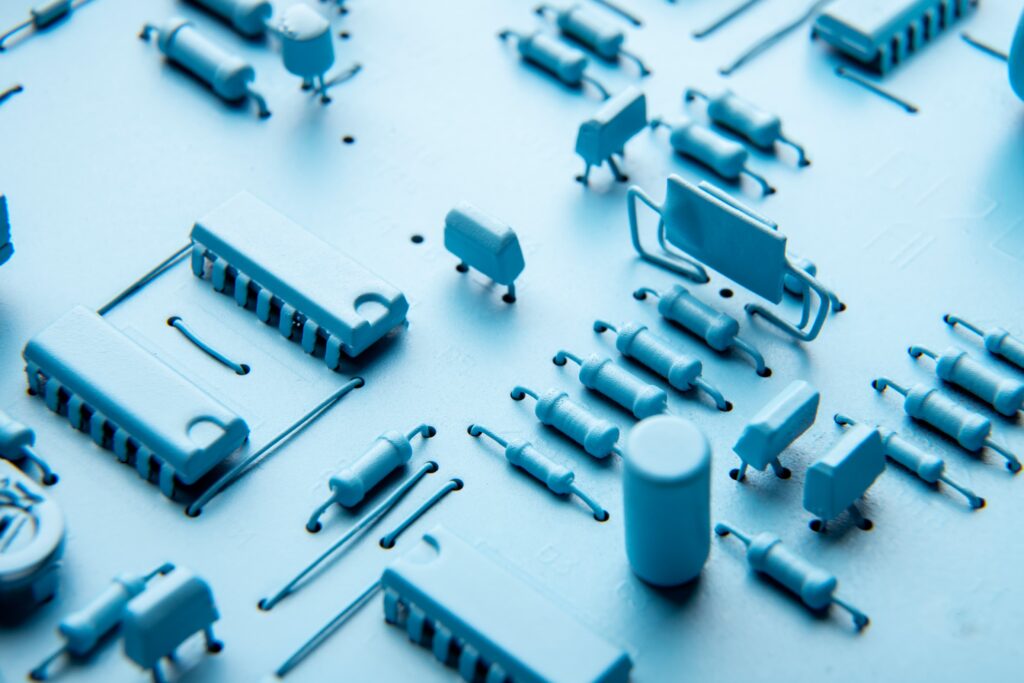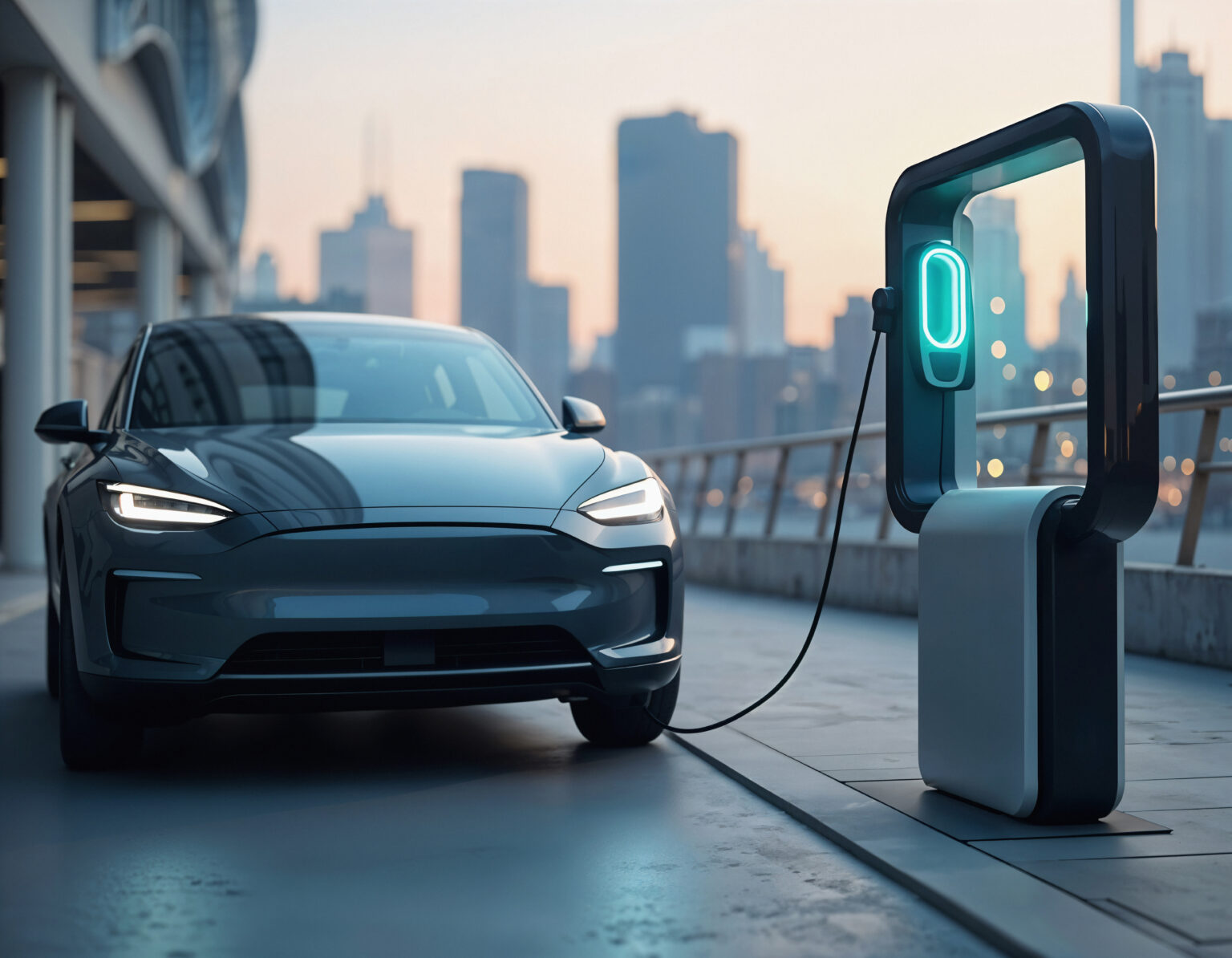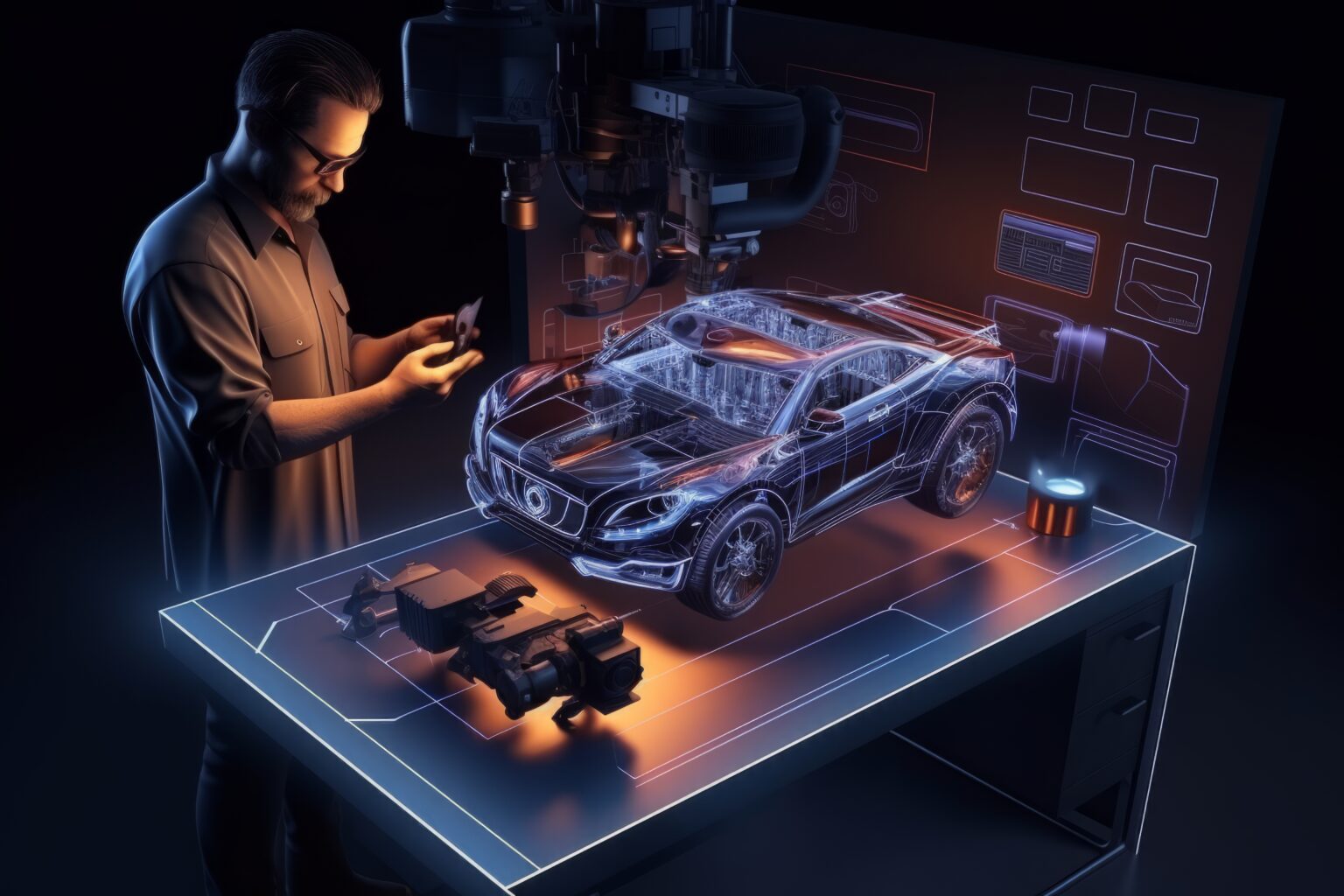In a world driven by intelligent automation, software-defined hardware (SDH) is emerging as a critical paradigm shift—especially in the realm of embedded systems. No longer just passive, pre-programmed silicon, embedded systems are evolving into dynamic, AI-enabled nodes capable of adapting in real time to changing requirements, thanks to this convergence of software agility and hardware capability.
As AI applications scale across edge devices, autonomous systems, industrial automation, and consumer electronics, embedded systems must meet the demand for speed, adaptability, energy efficiency, and intelligence. This is where software-defined hardware becomes a game-changer.
What is Software-Defined Hardware?
Software-defined hardware refers to hardware platforms whose functionality can be customized, extended, or reprogrammed using software—often after deployment. Think of it as turning fixed-function chips into flexible, software-controlled systems.
This concept is closely tied to:
- Field-Programmable Gate Arrays (FPGAs)
- Application-Specific Integrated Circuits (ASICs) with updatable modules
- System-on-Chip (SoC) designs with dedicated AI cores
- Reconfigurable computing architectures
Unlike traditional hardware, which is rigid and purpose-built, SDH offers real-time adaptability, allowing embedded systems to shift functions, optimize performance, or upgrade AI models without altering the hardware.
The Embedded Systems Shift: From Static to Smart
Embedded systems once operated in isolation, designed for singular functions like motor control or sensor data processing. But in the age of AI and edge computing, embedded devices must do far more—they must perceive, decide, and act, often in milliseconds.
According to McKinsey’s 2025 report, software-defined hardware enables embedded systems to evolve from fixed-function controllers into intelligent, multi-role compute units. These reprogrammable systems can dynamically handle workloads like:
- Computer vision on the edge
- Predictive maintenance in factories
- Real-time signal processing in robotics
- Adaptive control in autonomous vehicles
This transformation is not just a technological upgrade—it’s a strategic necessity for industries pursuing smarter, connected products and systems.
Why This Matters in the Age of AI
Modern AI workloads—especially deep learning—are computationally intensive and require specialized processing power. While cloud infrastructure handles heavy AI training, real-time inference is moving closer to where data is generated: the edge.
This creates pressure on embedded systems to become more powerful, flexible, and energy efficient.
Deloitte’s Tech Trends 2025 calls this the hardware renaissance, where the stagnation of Moore’s Law is countered by specialized architectures optimized for AI, such as:
- Neural Processing Units (NPUs)
- AI accelerators on edge chips
- Split inference architectures that divide AI processing between the device and the cloud
Embedded systems, empowered by SDH, are now central to distributed AI models, allowing inference to happen on smart cameras, wearable devices, industrial sensors, and electric vehicles—without relying solely on cloud bandwidth or latency.
Real-World Applications
- Industrial Automation
AI-powered embedded controllers with reconfigurable hardware allow manufacturing lines to detect anomalies, optimize throughput, and reduce downtime—all while adapting to new production flows on the fly.
- Smart Mobility & Automotive
While BCG’s 2024 report focuses on software-defined vehicles (SDVs), the real enabler under the hood is SDH—making embedded control units (ECUs) adaptable to evolving software stacks, advanced driver-assistance systems (ADAS), and real-time decision-making.
- Healthcare Devices
Edge-based AI running on reconfigurable SoCs can interpret patient data in real-time, enabling personalized diagnostics or monitoring without sending sensitive data to the cloud.
- Consumer Electronics
Smartphones and wearables are now capable of running large language models or visual recognition locally, using low-power NPUs embedded in their chips—thanks to software-defined logic that supports updates and improvements post-deployment.
Benefits of Software-Defined Hardware in Embedded Systems
Benefit | Impact |
Flexibility | Update or repurpose devices for new AI models without hardware changes |
Scalability | Deploy one hardware SKU across multiple use cases |
Lower Cost Over Time | Extend device lifespan through software updates |
Faster Time-to-Market | Prototype and ship hardware while iterating features in software |
Security | Patch vulnerabilities or update cryptographic modules dynamically |
Challenges and Considerations
Despite the promise, SDH also presents challenges:
- Increased design complexity: Co-designing software and hardware requires tight integration
- Security risks: Dynamic configurability must be protected from unauthorized tampering
- Power constraints: More computation on-device demands efficient energy management
- Toolchain maturity: Programming reconfigurable hardware still lacks standardized, easy-to-use tools
However, the ecosystem is rapidly evolving, with players like NVIDIA, AMD, Qualcomm, and open-source frameworks contributing to broader accessibility and performance.
What the Future Holds
The convergence of AI and software-defined hardware is set to define the next era of embedded systems. As Deloitte’s 2025 insights suggest, embedded intelligence will become more distributed, personalized, and contextual—with every device acting as a mini data center.
McKinsey projects that companies adopting AI-ready, reconfigurable embedded systems will significantly outperform peers in sectors like manufacturing, logistics, and smart mobility.
Meanwhile, BCG’s research into SDVs reveals that the software-defined revolution will soon extend beyond the car dashboard—transforming entire industries where embedded systems lie at the core.
Final Thoughts
Software-defined hardware is no longer a niche technology—it is the foundation for scalable, intelligent embedded systems in an AI-first world. Whether you’re building robots, EVs, industrial equipment, or wearables, integrating SDH enables faster innovation, adaptability, and edge intelligence.
For companies and engineers building embedded products, the time to embrace software-defined hardware is now. It’s not just about hardware anymore—it’s about what software makes it capable of.
Sources & References:
- Deloitte Tech Trends 2025 & India Perspective
https://www2.deloitte.com - McKinsey, Software-Defined Hardware in the Age of AI, 2025
https://www.mckinsey.com - BCG, Software-Defined Vehicles and Embedded Infrastructure, 2024
https://www.bcg.com




